An Indonesian scholar, Sartono Kartodirjo, authored a book titled "From Emporium to Imperium (1500-1900)," highlighting the significant role of trade in Southeast Asia and its impact on political power struggles. This trade activity has left behind a diverse range of artifacts, including stoneware vessels known as tempayan and martaban. Although these jars were not luxury items, they served crucial functions such as storing food, clean water, fish and vegetable seasoning, and even balancing the position of ships. Beyond their practical use in trade, they also held symbolic significance in social customs, accompanying events from birth to death.
Museum of Asian Art proudly showcases 64 remarkable collections, encompassing pots and vases that span from the Tang period 9th century to the Qing Dynasty 19th century. Among these treasures, visitors can explore the diverse and distinctive pottery originating from Siam, Vietnam, and Cambodia, each possessing its own unique characteristics. The collection offers a captivating glimpse into the rich cultural heritage and artistic traditions of these Southeast Asian regions.
While the term "pottery culture" has not been specifically used, the enduring presence of pottery as a versatile and essential tool deserves recognition. The earliest documented reference to a jar, known as the Dusun jar, dates back to the Tang Dynasty and was mentioned by Tom Harisson in 1965. These medium-sized jars were discovered in Sabah, Sarawak, and southern Philippines. In addition to their practical functions, pots hold significant cultural value among the natives of Sabah and Sarawak, serving as essential elements in rituals and customs such as wedding gifts, fines for disputes, and even as burial vessels in pot graves.
Martaban refers specifically to stoneware pottery produced in the Irrawaddy basin in Myanmar. The production of Martaban stoneware began in the 12th century and continued until the 16th century AD. It is distinct from pottery traditions in China, Thailand, Vietnam, and Cambodia in terms of its traditions and physical texture. Arab sailors have mentioned its majestic stoneware, and its remnants have been discovered in India, Arabia, and Europe.
This exhibition is the result of a collaboration with Dato' Dr Dionysius Shankar Kumar Sharma, a collector of shipwreck artifacts, who curated the collection he found in Melaka.
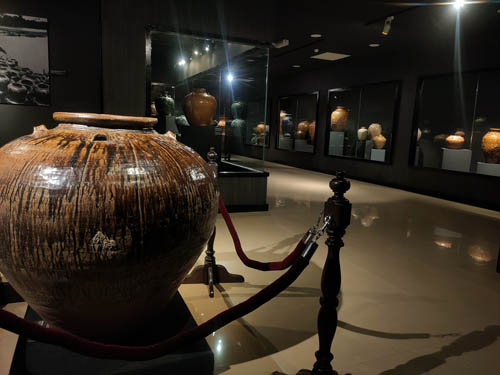
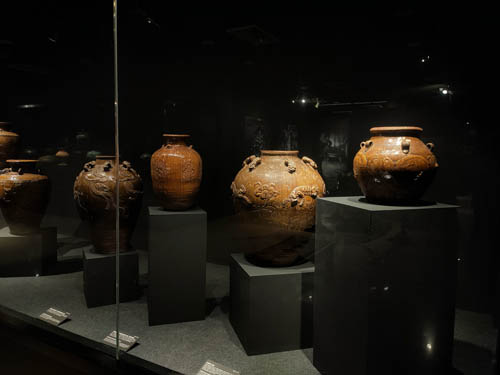
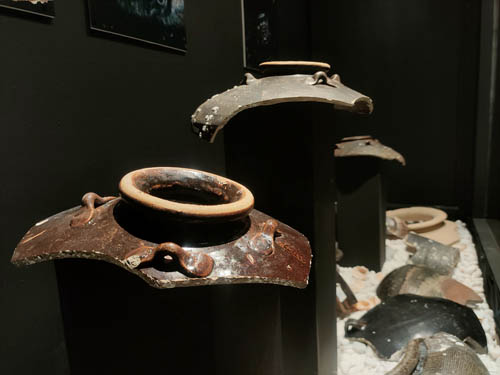
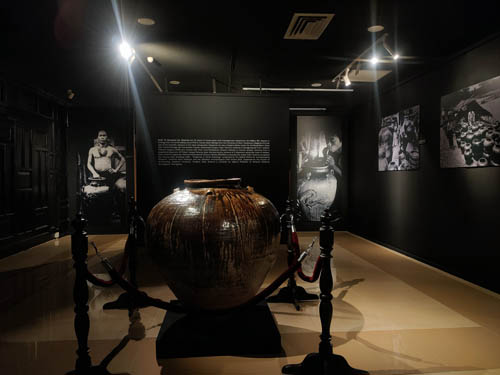
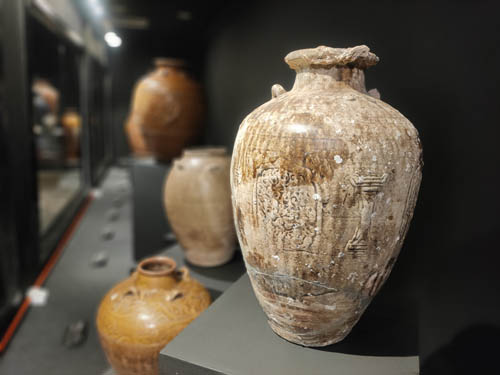
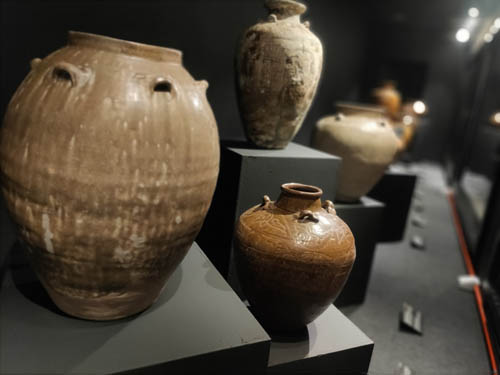
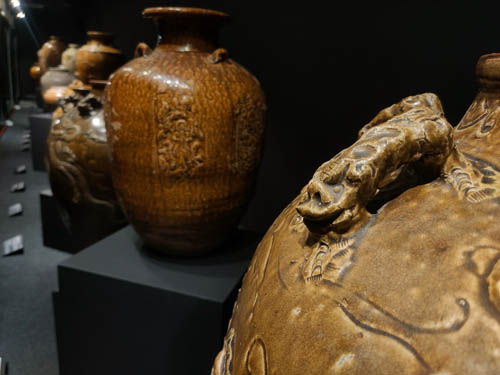
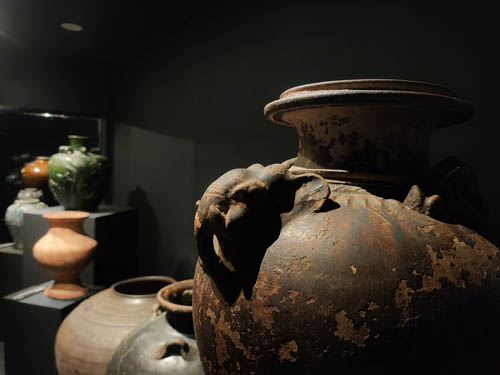

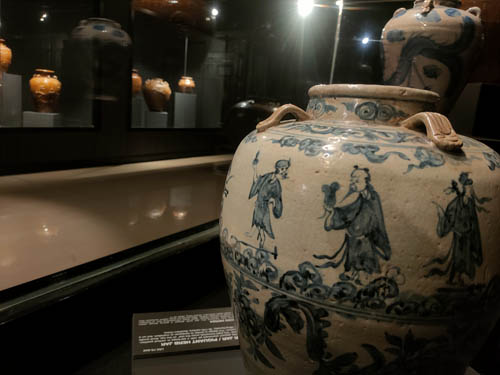
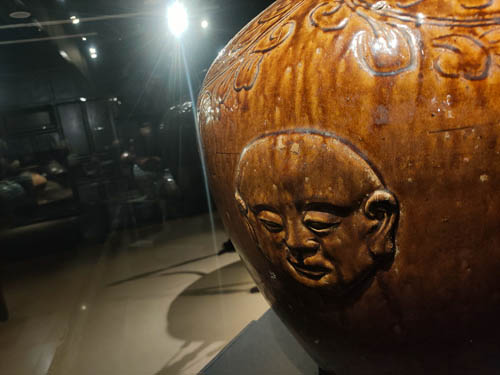
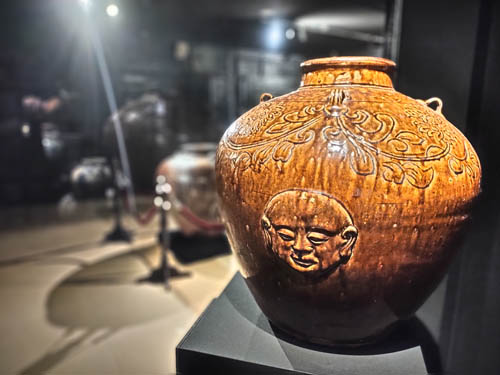
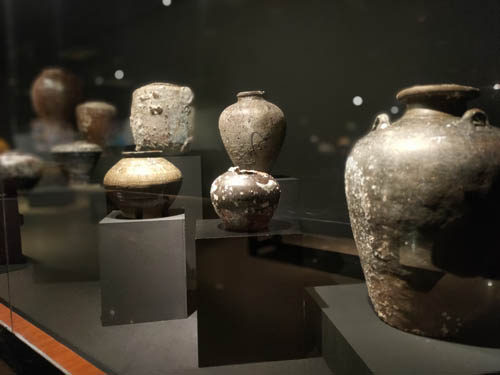
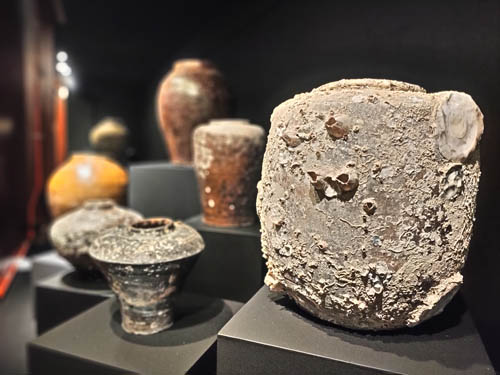
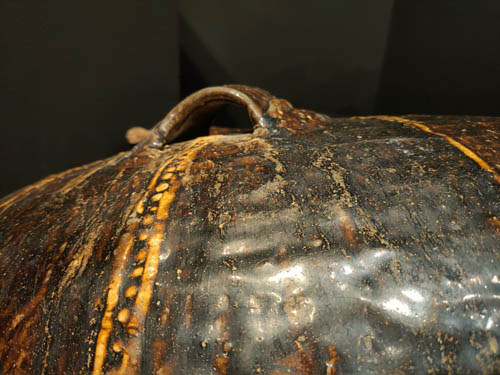
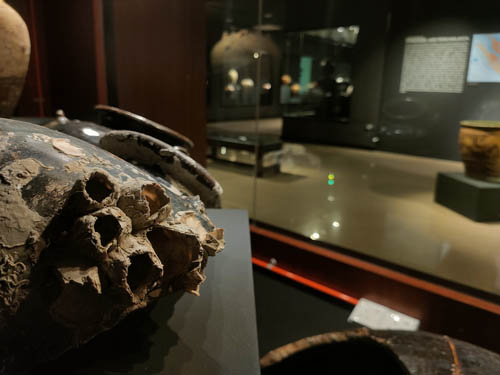
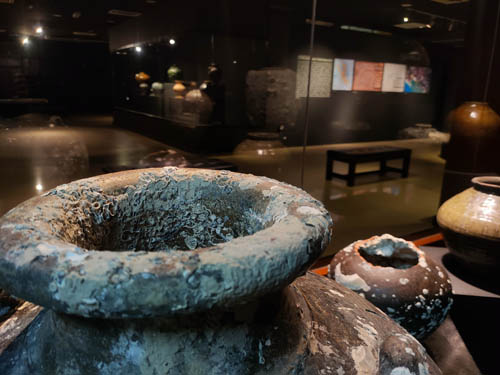
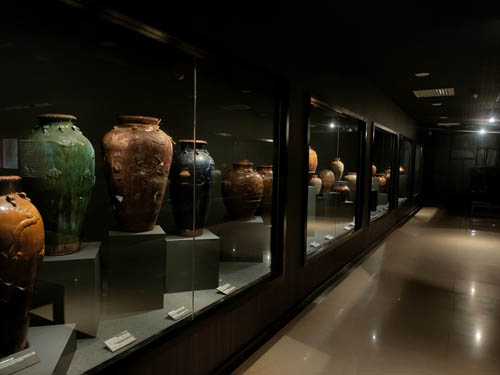
Last Update: 22/09/2023